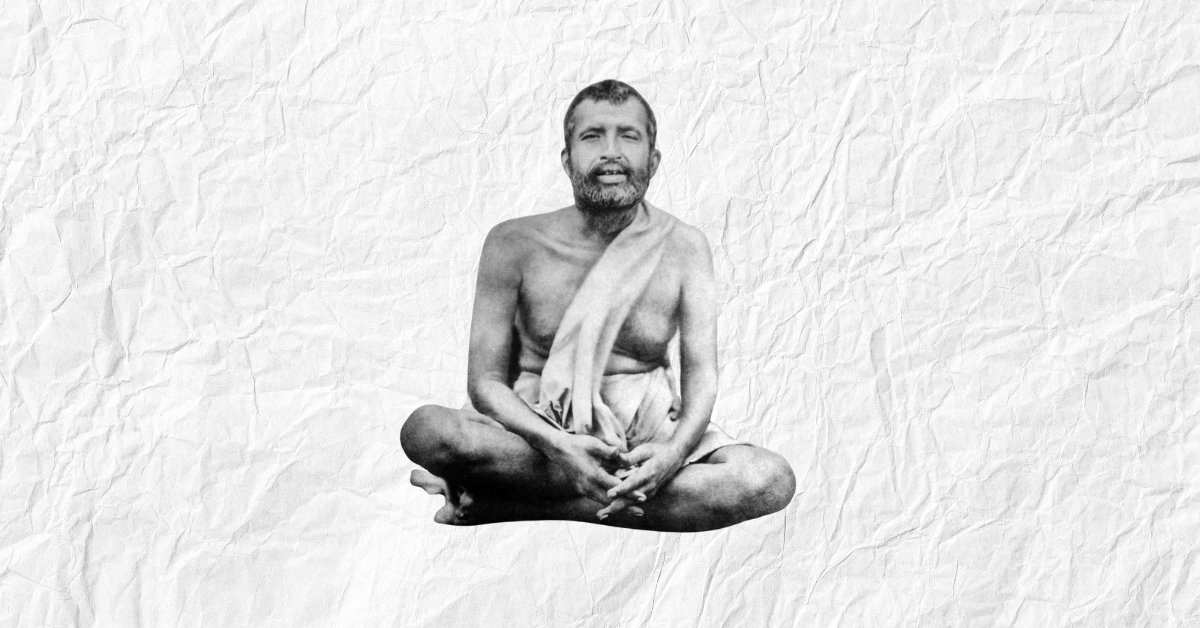Did Jesus visit Ladakh to study Buddhism? Explore the evidence, scholarly views, and why this legend persists in this fascinating historical mystery.
Table Of Contents
Did Jesus Visit Ladakh?

Imagine a young Jesus Christ, not in the dusty streets of Judea, but in the rugged, snow-capped mountains of Ladakh, India, sitting cross-legged in a Buddhist monastery, absorbing ancient wisdom.
It is a captivating image that has sparked curiosity, debate, and even documentaries for over a century.
The idea that Jesus spent his “lost years,” the undocumented period between ages 12 and 30 in Ladakh, studying Buddhism at the Hemis Monastery, is a story that blends spirituality, adventure, and mystery.
However, is there any truth to it?
In this blog post, brought to you by THOUSIF Inc. – WORLDWIDE, we will explore the origins of this claim, sift through the evidence, and explain why this legend continues to captivate imaginations worldwide.
The Mystery Of Jesus’ Lost Years
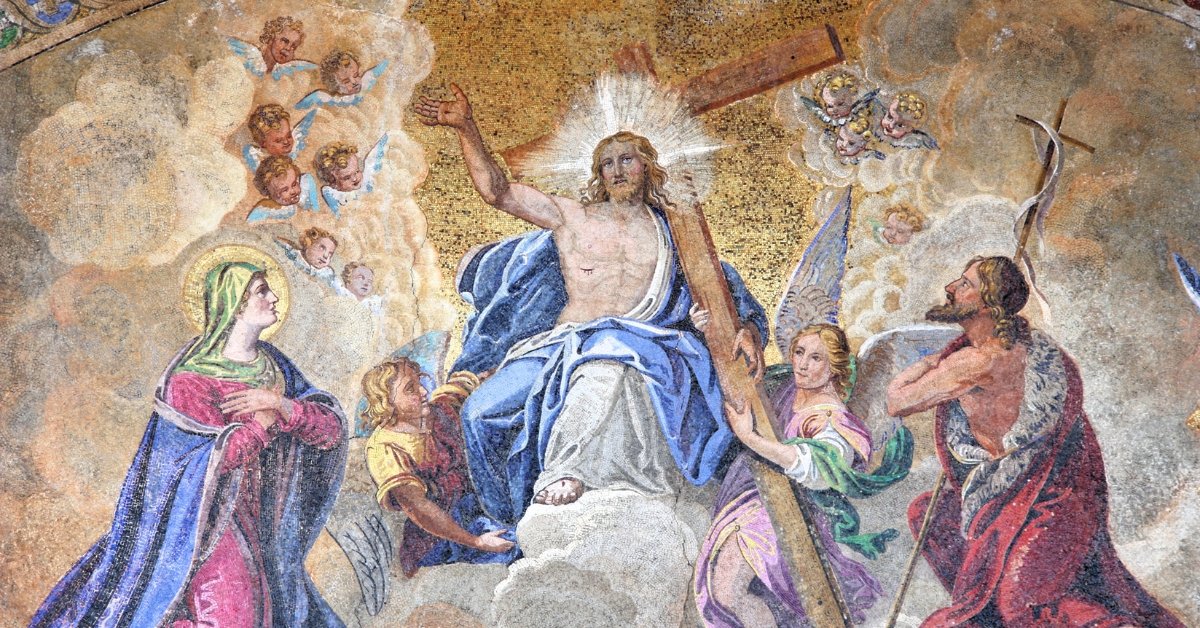
The New Testament vividly depicts Jesus’ birth, ministry, death, and resurrection.
However, it is curiously silent about his life from age 12, when he was found debating with temple elders in Jerusalem, to around age 30, when he began his public ministry.
These “lost years” have puzzled scholars and believers for centuries, leading to theories about what Jesus might have been doing.
Some suggest he stayed in Nazareth as a carpenter alongside his father, Joseph.
Others propose more adventurous possibilities, including travels to distant lands like Egypt, Britain, or Japan.
One of the most intriguing theories is that Jesus journeyed to Ladakh, a remote region in northern India, to study Eastern philosophies, particularly Buddhism.
This idea suggests that Jesus referred to as “Issa” in some accounts, spent his formative years learning from Hindu Brahmins and Buddhist monks before returning to Judea to preach.
The claim has sparked fascination and intense skepticism as it challenges traditional narratives about Jesus’ life.
Let us start by exploring where this story began.
The Origin Of The Claim: Nicholas Notovitch’s Discovery
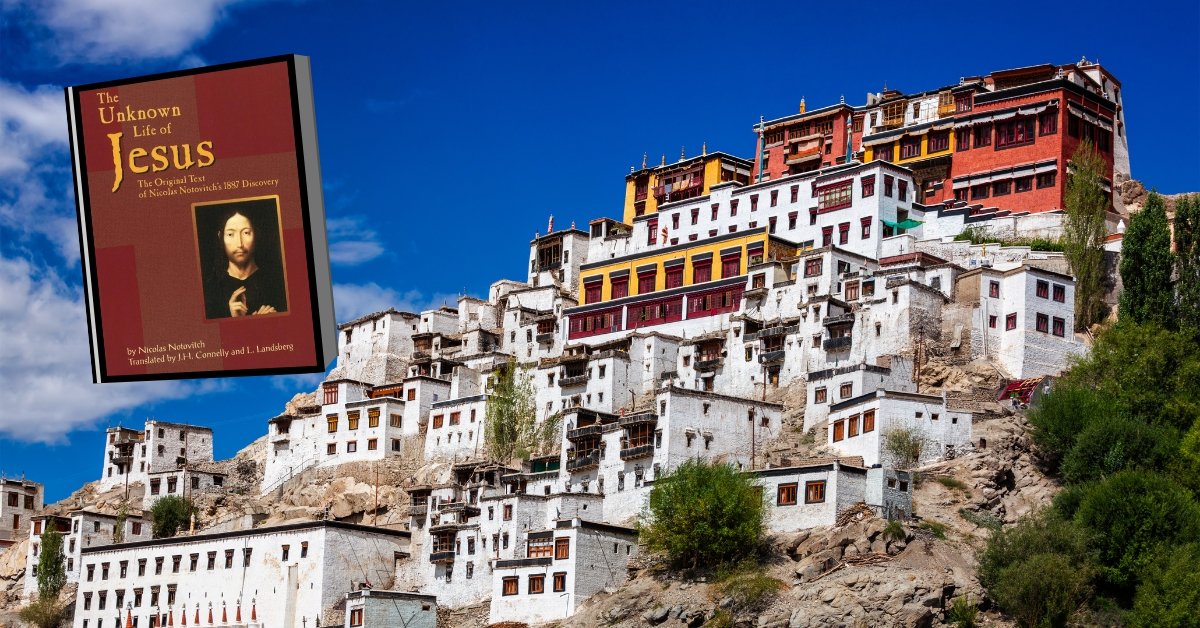
The tale of Jesus in Ladakh traces back to a Russian journalist and adventurer named Nicolas Notovitch.
1894 Notovitch published The Unknown Life of Jesus Christ, which sent shockwaves through religious and scholarly circles.
According to Notovitch, in 1887, he broke his leg while traveling through the rugged terrain of Ladakh.
The monks at the Hemis Monastery, a historic Buddhist site nestled in the Himalayas, took him in.
While recovering, Notovitch claimed the monks showed him an ancient manuscript written in the Pali language, titled the “Life of Saint Issa.”
Notovitch said this manuscript told the story of a young man named Issa, whom he identified as Jesus Christ, who left Judea at age 13 to travel to India.
There, Issa studied the Vedas with Hindu Brahmins, learned Buddhist teachings, and traveled through regions like India, Nepal, and the Himalayas.
By age 29, he returned to Judea to begin his ministry, as described in the New Testament.
Notovitch provided a manuscript translation consisting of 14 chapters and 224 verses, presenting Jesus as a spiritual seeker bridging Eastern and Western traditions.
The book caused a sensation, suggesting a profound connection between Christianity and Eastern religions.
It appealed to those interested in interfaith dialogue and the idea that the wisdom of the East might have influenced Jesus.
However, Notovitch’s claims were soon met with skepticism as scholars began questioning the authenticity of his discovery.
Skepticism And Investigations
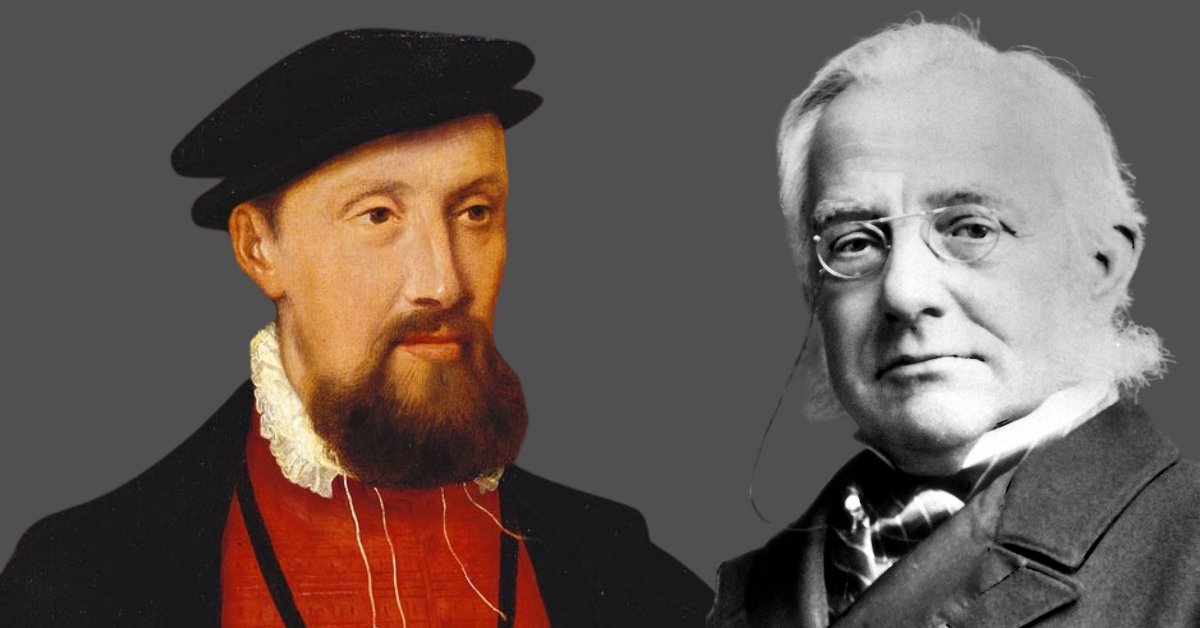
Notovitch’s bold claims did not go unchallenged.
One of the first to investigate was Max Müller, a renowned philologist and expert in Eastern religions.
Müller wrote to the head lama at Hemis Monastery to verify Notovitch’s story.
The lama’s response was clear: no Westerner had visited the monastery in the past 15 years, and no manuscript about Jesus or Issa existed.
Müller concluded that Notovitch’s account was likely a fabrication, possibly motivated by a desire for fame or financial gain.
Further scrutiny came from J. Archibald Douglas, a professor who traveled to Hemis in 1895 to investigate.
Douglas interviewed the head lama, who denied meeting Notovitch or showing him any such document.
The lama even signed a statement declaring that Notovitch’s story was false.
Additionally, an English woman who visited Leh, near Hemis, in 1894 reported that the monastery had no record of Notovitch’s visit or the manuscript he described.
Perhaps the most damning blow to Notovitch’s credibility came when he later admitted to fabricating parts of his story.
This admission, combined with the lack of physical evidence and the monastery’s denials, led many scholars to dismiss the “Life of Saint Issa” as a hoax.
Despite these findings, the idea of Jesus in Ladakh did not fade away entirely, as others claimed to have found similar evidence.
Later Claims And Local Legends
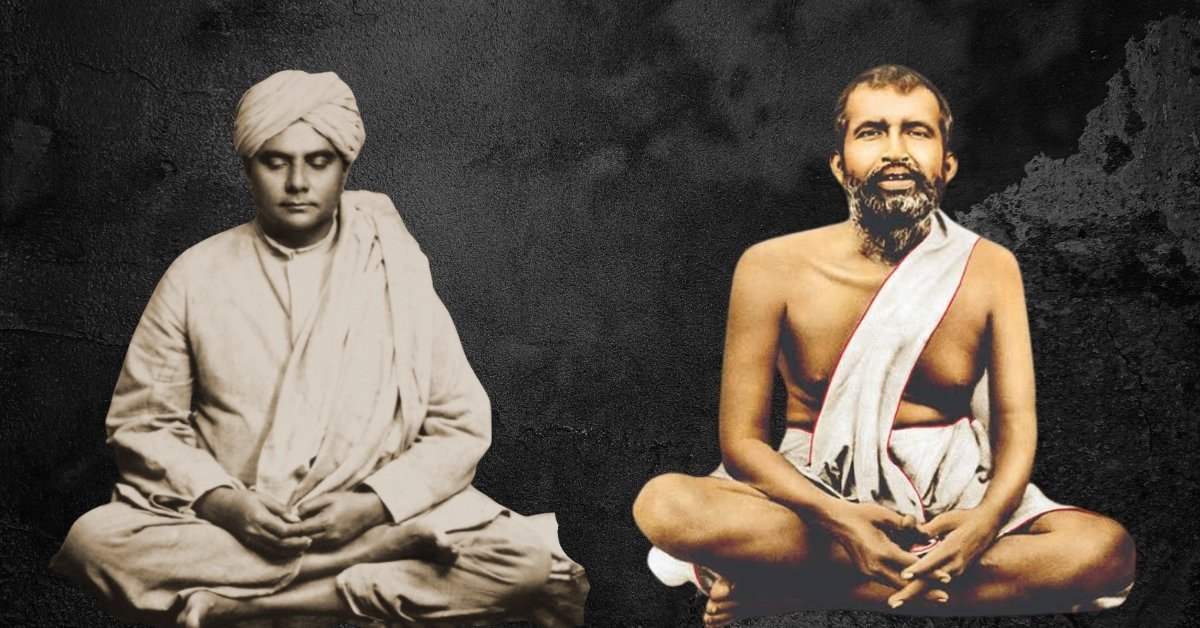
The debunking of Notovitch’s account did not end the legend.
In 1922, Swami Abhedananda, a prominent Indian monk and disciple of Sri Ramakrishna, visited Hemis Monastery to investigate.
Initially skeptical of Notovitch’s claims, Abhedananda said he was shown a manuscript that corroborated Issa’s story.
He published his translation in his book Journey into Kashmir and Tibet, claiming the manuscript was a Tibetan translation of an original Pali document kept at a monastery near Lhasa.
However, Abhedananda’s account has significant flaws.
He relied on the lamas to read and translate the manuscript, as he could not read Tibetan or Pali himself.
Years later, one of his disciples visited Hemis and was told the manuscript had been removed, with no clear indication of its whereabouts.
1925 Russian painter and explorer Nicholas Roerich visited Ladakh and reported hearing stories about Issa.
He claimed to have seen a manuscript at Hemis, but his descriptions closely resemble Notovitch’s text and parts of The Aquarian Gospel of Jesus Christ, a 1908 book inspired by Notovitch’s work.
This suggests that Roerich’s account may not be independent evidence but rather influenced by existing literature.
Visitors like Elizabeth Caspari and U.S. Supreme Court Justice William O. Douglas mentioned hearing about or seeing manuscripts at Hemis in the 20th century.
However, like Abhedananda, they relied on the monks’ assurances without verifying the documents’ contents.
In Ladakh, local legends also speak of a figure named Issa.
However, these stories may have emerged after Notovitch’s book gained attention or due to the influx of curious tourists and researchers.
The Hemis Monastery has become a popular destination, partly because of this legend, which may encourage locals to perpetuate the story as part of the region’s folklore.
Scholarly Consensus
Mainstream Christian scholars and historians, such as Robert Van Voorst and John Dominic Crossan, firmly reject the idea that Jesus traveled to Ladakh or India.
They argue that no historical or archaeological evidence supports such a journey.
The New Testament portrays Jesus’ teachings as deeply rooted in 1st-century Palestinian Judaism, with no clear influence from Eastern philosophies like Buddhism or Hinduism.
Some proponents of the theory point to similarities between Jesus’ teachings, such as compassion, nonviolence, and love for others, and Buddhist principles as evidence of influence.
However, scholars note that these are universal ethical concepts in many religions, and their presence in Christianity does not require direct contact with Eastern traditions.
For example, the Jewish tradition of Jesus’ time emphasized love for one’s neighbor, aligning with his teachings without invoking Buddhist influence.
Additionally, the logistical challenges of a young Jewish man traveling from Judea to India in the 1st century are significant.
The journey would have been arduous, requiring months of travel through dangerous territories, and there is no evidence that Jesus, from a modest carpenter’s family, had the resources or opportunity to undertake such a trip.
Furthermore, Buddhism’s presence in Ladakh during Jesus’ time is questionable.
While Buddhism had spread to parts of India by the 1st century, its establishment in Ladakh likely occurred later, making it unlikely that Jesus could have studied there.
Alternative Theories
Beyond the Ladakh claim, other theories suggest Jesus traveled to India or other regions.
One notable theory, proposed by Mirza Ghulam Ahmad in his 1908 book Jesus in India, argues that Jesus survived the crucifixion and journeyed to Kashmir, where he lived until old age and was buried at the Rozabal Tomb in Srinagar.
This claim, often tied to the Ahmadiyya Muslim movement, has attracted attention but lacks historical or archaeological support.
The Rozabal Tomb has become a tourist attraction, but scholars dismiss it as Jesus’ burial site.
Other speculative theories suggest Jesus visited Egypt, Britain, or even Japan during his lost years or after surviving the crucifixion.
These claims, like the Ladakh theory, are not supported by credible evidence and are considered fringe by mainstream historians.
Why The Story Persists
Despite the lack of evidence, the idea of Jesus in Ladakh continues to captivate people worldwide.
The story appeals to those seeking a more universal understanding of spirituality, suggesting that Jesus, a central Christian figure, might have drawn wisdom from Eastern traditions.
This resonates with interfaith communities and those interested in the interconnectedness of world religions.
In Ladakh, the legend has become part of the local culture, possibly fueled by tourism.
Visitors to the Hemis Monastery often inquire about the story, and some monks may share it as part of the region’s folklore.
The monastery’s annual festival, featuring colorful masked dances, draws thousands of tourists, further amplifying the legend’s reach.
Books, documentaries, and even social media posts keep the story alive.
For example, posts on X from 2019 to 2022 have called for more research into Jesus’ time at Hemis, while others dismiss the idea as a myth created to “Indianize” Jesus.
The story also fills a narrative gap in Jesus’ life, compellingly explaining the mysterious lost years.
It is a tale of adventure, spiritual exploration, and cross-cultural exchange, which makes it enduringly appealing, even if it lacks historical grounding.
Exploring Ladakh’s Cultural Context
Understanding why this legend took root in Ladakh is worth exploring the region’s unique cultural and historical context.
Often called “Little Tibet” due to its cultural and geographical similarities with Tibet, Ladakh is home to ancient Buddhist monasteries, including Hemis, which dates back to at least the 11th century.
The region’s isolation in the Himalayas has preserved its traditions, making it a place where ancient stories and manuscripts could plausibly be hidden.
However, the idea of a manuscript about Jesus surviving for centuries in a Buddhist monastery raises questions.
Pali, the language Notovitch claimed the manuscript was written in, was used primarily in early Buddhist texts in India.
However, by the 1st century, Tibetan Buddhism was not yet established in Ladakh.
The cultural and historical context makes it unlikely that such a document would exist in Hemis during Jesus’ time.
The Role Of Tourism And Media
The legend’s persistence is closely tied to Ladakh’s growing popularity as a tourist destination.
The Hemis Monastery, with its stunning architecture and serene setting, attracts visitors worldwide, many of whom are intrigued by the story of Jesus.
Local guides and monks may share the legend to enhance the monastery’s mystique, even if they do not fully endorse its historical accuracy.
The media has also played a significant role in keeping the story alive.
Documentaries, such as those aired on the History Channel, have explored the idea of Jesus in India, often presenting it as a tantalizing mystery.
Books like Holger Kersten’s Jesus Lived in India (1983) have further popularized the theory, though they rely heavily on Notovitch’s discredited account.
These portrayals keep the legend in the public eye, even as scholars remain skeptical.
Summary Of Claims And Evidence
| Claim | Source | Evidence | Scholarly View |
|---|---|---|---|
| Jesus visited Ladakh and studied Buddhism | Notovitch’s 1894 book | Alleged manuscript at Hemis Monastery; no physical evidence found | Discredited; no historical basis |
| Manuscript seen by others | Abhedananda (1922), Roerich (1925) | Relied on lamas’ assurances; no independent verification | Questionable; likely influenced by Notovitch |
| Local legends of Issa | Ladakhi oral traditions | Stories may stem from Notovitch or tourism | Not considered historical evidence |
| Jesus survived crucifixion and lived in Kashmir | Mirza Ghulam Ahmad (1908) | Rozabal Tomb in Srinagar; no archaeological support | Rejected by mainstream scholars |
Key Figures In The Jesus In Ladakh Debate
| Figure | Role | Contribution | Credibility |
|---|---|---|---|
| Nicholas Notovitch | Russian journalist | Claimed to have discovered the “Life of Saint Issa” manuscript in 1887 | Discredited after admitting fabrication |
| Max Müller | Philologist | Investigated and debunked Notovitch’s claims | Highly respected scholar |
| Swami Abhedananda | Indian monk | Claimed to see manuscript in 1922 | Relied on the lamas’ translation; unverified |
| Nicholas Roerich | Russian painter | Reported seeing manuscript in 1925 | Likely influenced by Notovitch |
| J. Archibald Douglas | Professor | Investigated Hemis in 1895; found no evidence | Credible academic |
Timeline Of Key Events
| Year | Event |
|---|---|
| 1887 | Nicholas Notovitch claims to have discovered the “Life of Saint Issa” manuscript at Hemis Monastery |
| 1894 | Notovitch publishes The Unknown Life of Jesus Christ |
| 1895 | J. Archibald Douglas investigates Hemis; finds no evidence |
| 1922 | Swami Abhedananda claims to have seen a manuscript at Hemis |
| 1925 | Nicholas Roerich reports seeing a manuscript, likely influenced by Notovitch |
| 1908 | Mirza Ghulam Ahmad publishes Jesus in India, proposing that Jesus lived in Kashmir |
| 1983 | Holger Kersten’s Jesus Lived in India popularizes the theory |
Conclusion
The idea that Jesus visited Ladakh is a captivating blend of history, spirituality, and adventure, but it remains unsupported by credible evidence.
The story, sparked by Nicholas Notovitch’s discredited 1894 book, has been thoroughly investigated and found wanting by scholars like Max Müller and J. Archibald Douglas.
Later claims by figures like Swami Abhedananda and Nicholas Roerich lack independent verification, and local legends in Ladakh may be influenced by Notovitch’s narrative or tourism.
Mainstream scholars maintain that Jesus’ life and teachings are firmly rooted in 1st-century Palestinian Judaism, with no historical or archaeological evidence suggesting a journey to India.
The logistical and cultural challenges of such a trip further undermine the theory.
However, the legend persists, fueled by its appeal as a bridge between Christianity and Eastern spirituality and its role in Ladakh’s tourism-driven culture.
For those intrigued by this mystery, visiting the Hemis Monastery or exploring related literature can offer a glimpse into the legend’s cultural impact.
While the historical evidence may be lacking, the story of Jesus in Ladakh reminds us of the enduring human desire to connect spiritual traditions across cultures.
At THOUSIF Inc. – WORLDWIDE, we love diving into such mysteries, and we invite you to explore more articles on history, culture, and spirituality on our website.
Let us know in the comments what other historical enigmas you want us to uncover!
Trivia
In Islamic tradition, Jesus is known as Isa (عيسى), and some stories suggest he traveled widely, though not specifically to Ladakh. The similarity between “Isa” and “Issa” has fueled speculation, but no historical evidence supports this connection.

